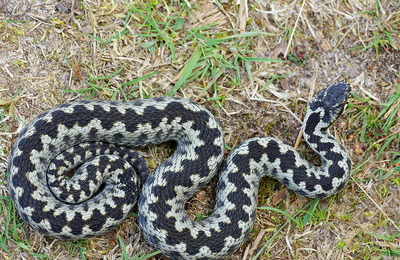
Adder
One of our three native snakes, the adder is the UK’s only venomous snake. However, they are not aggressive and no one has died from an adder bite...
Find out more about the animals and plants you can find near where you live in the UK.

One of our three native snakes, the adder is the UK’s only venomous snake. However, they are not aggressive and no one has died from an adder bite...
We discover a badger sett while on a walk in a local wood. We find out all about how and where badgers live, what they eat and why they are so dif...
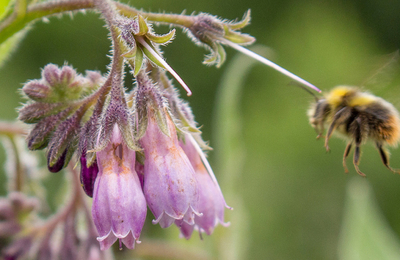
With around 250 species of bee living here in the UK, these key pollinators make a huge impact on our lives - even if we don't always realise it! ...
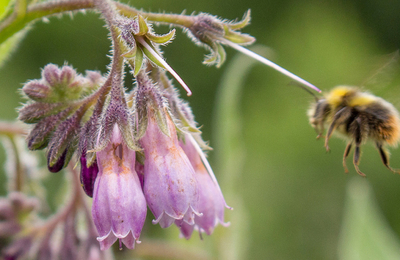
This brand new suite of 6 lesson plans is aimed at Key Stage 2, but is readily adaptable for Key Stages 1 and 3. Along with a PowerPoint presentati...

At YPTE, we would like to start giving young people the chance to have their voices heard about environmental issues. So from now on, we'll be pub...
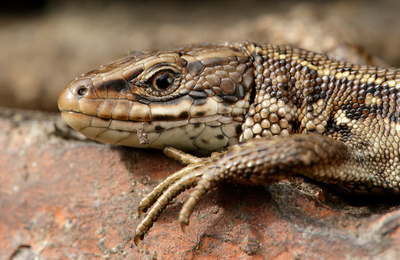
As its name suggests, the common lizard is the most common reptile in the UK and is Ireland’s only native reptile.
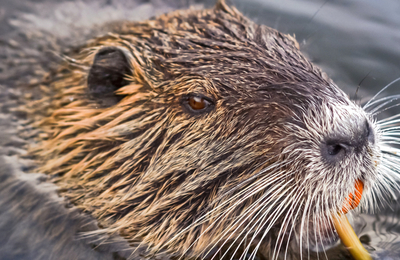
The last beavers were hunted out of existence in England over 400 years ago, both because their furry, water-resistant pelts made great hats and co...
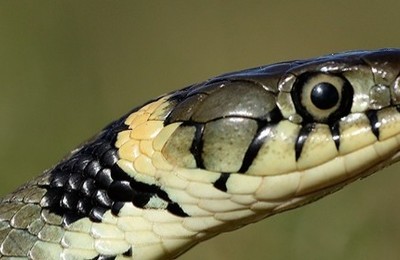
Grass snakes are non-venomous and are normally found near water. They feed on a wide-ranging diet, but prefer amphibians when they can catch them.
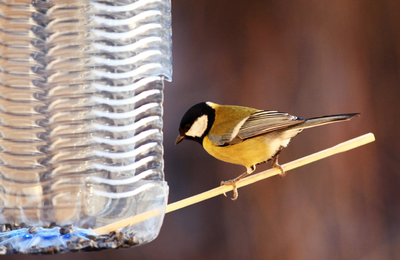
Find out how to make a bird feeder using an old plastic bottle and a skewer.
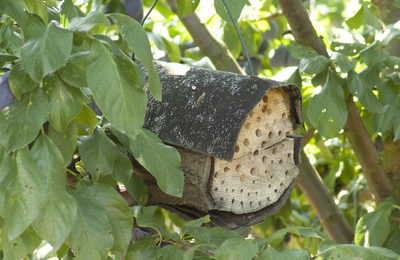
Some instructions for making your very own bug hotel!
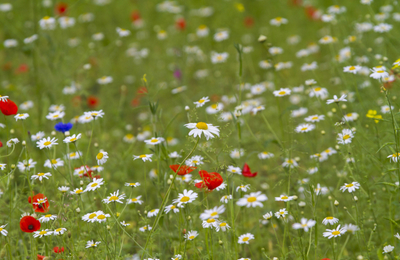
Find out about how to create your own wildflower meadow, which will in time become a haven for all kinds of insects and other wildlife and loom bea...
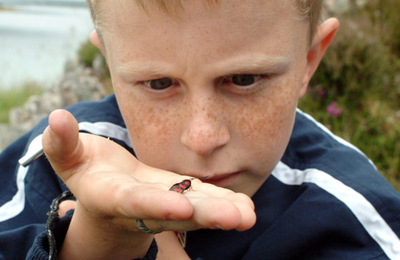
Here's the second of our Home Learning Packs, which this time has some fantastic learning activities about animals and their habitats.
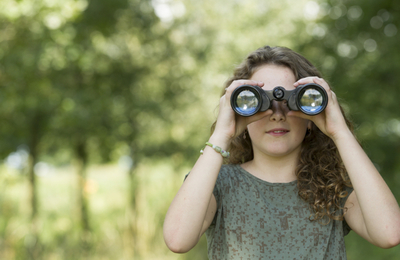
Learn about the birds in your garden with this great home learning pack. Includes designs for making bird feeders from recycled materials, researc...
In his video, Essie explains how human actions can affect wildlife. Created in collaboration with Explorium, Lights On® Jam.
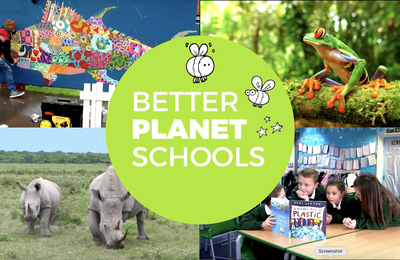
Better Planet Schools is an online environmental education programme, created by the Young People's Trust for the Environment to engage children an...
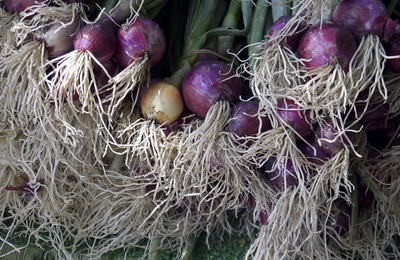
The lesson plans link to Science in the National Curriculum at Key Stage 1. Included are lessons on how seeds and bulbs grow, what plants need to...
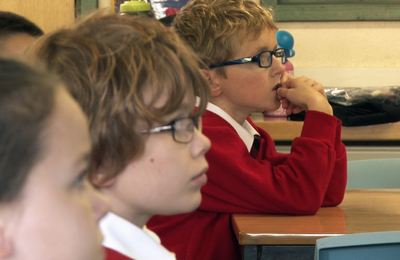
The school talks service is available in person for schools within a 30-mile radius of our office in Yeovil OR on Zoom, Teams etc. for schools anyw...
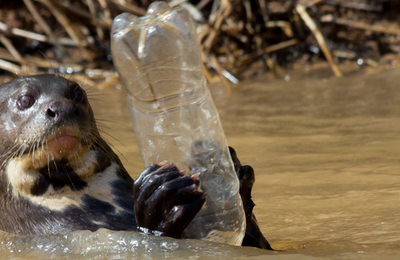
This suite of lesson plans includes a wide range of suggested activities and printable resources. It is backed by a Powerpoint presentation, which...
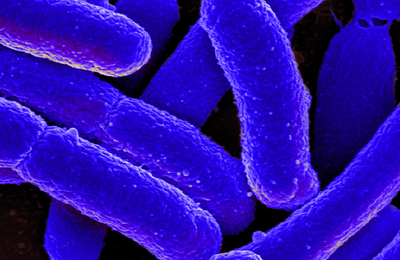
This suite of five lessons covers the topic of Classification for the Year 6 Science Curriculum and includes lots of learning activities, resources...

The curriculum encourages children to use the local environment to explore plants and animals in their habitat. This suite of lesson plans and acco...
YPTE has today released a suite of lesson plans on wildlife in your local area, which are to be used in conjunction with a presentation filled with...

Climate change and intensive farming methods were cited in the report as the main causes of nature loss. Only a fifth of farm land was found to be...
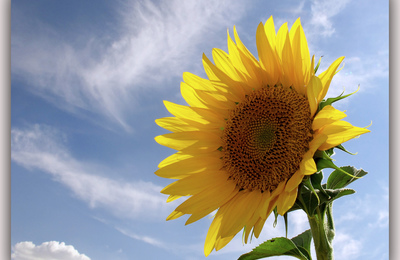
A suite of five lesson plans with activities on Plants for Key Stage 1 children, accompanied by a PowerPoint presentation, which contains many fant...
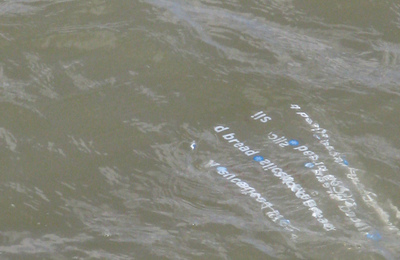
The study was limited and only looked at two fish species - common flounder and smelt, which were caught around Erith and the Isle of Sheppey. The...
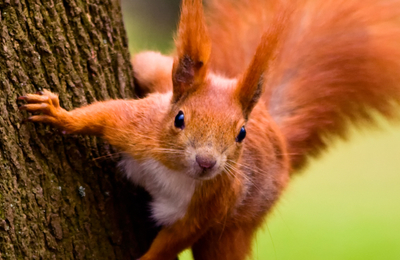
Photo right: grey squirrel by Alexander Law But they also damaged native trees like oak and beech by stripping their bark and that damage now am...
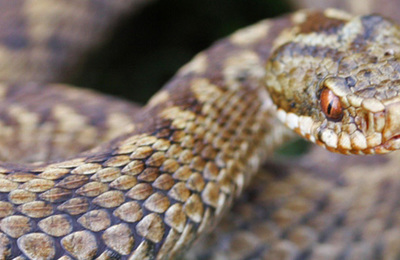
Of the four living groups of reptiles, only one, the snakes and lizards is represented in Britain. Reptiles bodies are covered with scales. Lizards...

Sand lizards are among the UK's rarest reptiles. They are the only egg-laying lizard species in the UK.
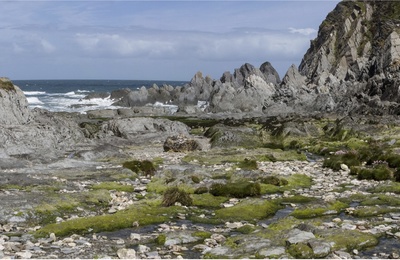
For the study of a less familiar habitat, the rocky shore is perfect. This lesson plan enables detailed study from the classroom and is accompanied...
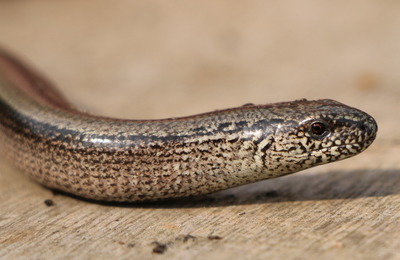
Although it looks a bit like a snake, the slow worm is actually a legless lizard
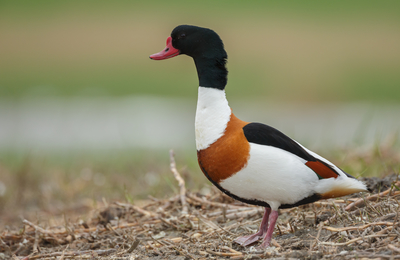
Thanks to support from the Ernest Kleinwort Charitable Trust, we have produced this set of classroom reference guides, for use in Sussex schools. ...
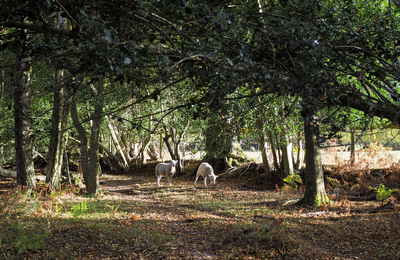
Thanks to support from the Ernest Kleinwort Charitable Trust, we have produced this set of classroom reference guides to the regions of Sussex, for...
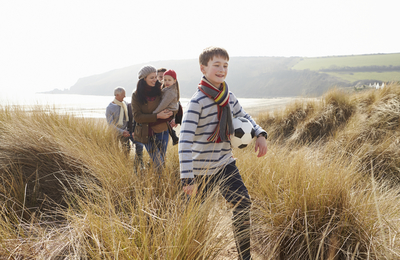
Thanks to support from the Ernest Kleinwort Charitable Trust, we have produced this set of classroom reference guides to the regions of Sussex, for...
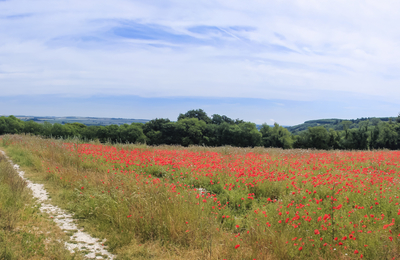
Thanks to support from the Ernest Kleinwort Charitable Trust, we have produced this set of classroom reference guides to the regions of Sussex, for...
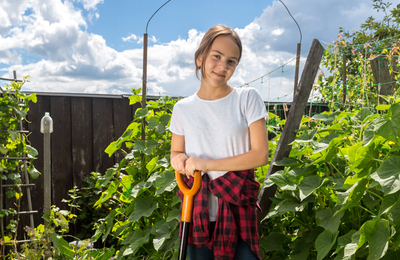
So, if you’re aged between 5 and 17 and feel you’re doing something that helps the environment, please tell us about it. Examples might include: ...
A look at the plants and flowers that grow in a deciduous woodland in the Spring.
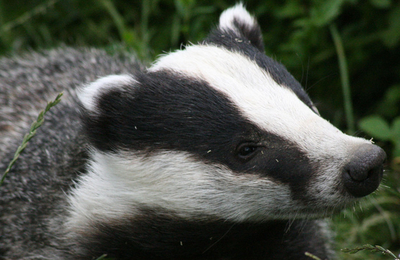
This is the first of our new 'on location' video series. You can see it here! Photo by Sally Longstaff.
Zephan has been making his garden more nature-friendly. Find out how in his fantastic video that he produced for YPTE, created in collaboration wi...